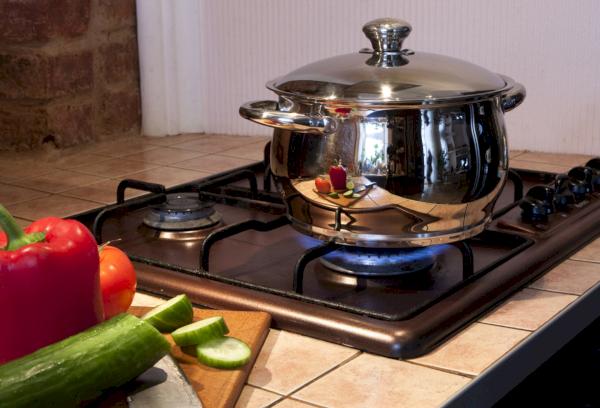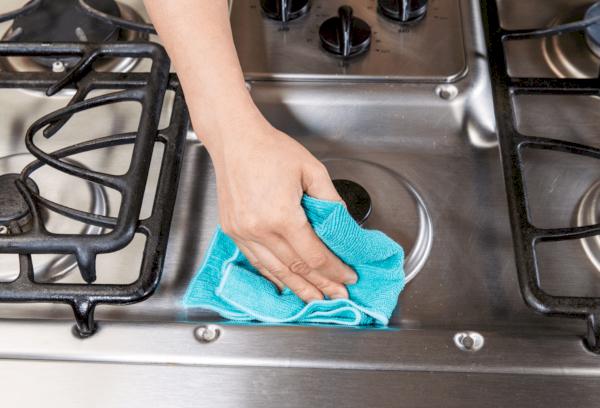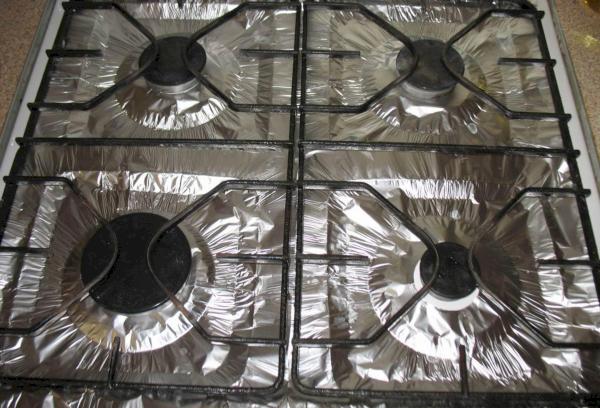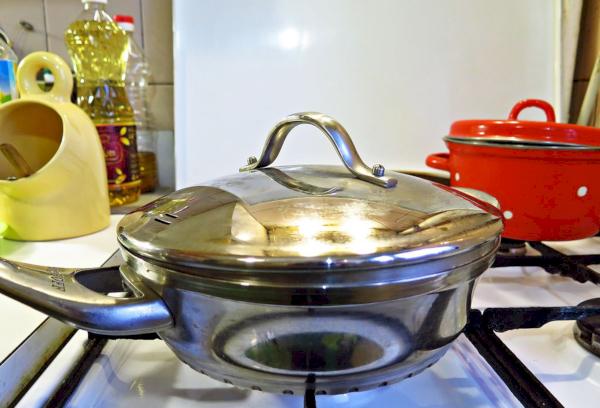How to use less gas when cooking. 9 working tips
Content:
I’m not a greedy person, but I don’t like to overpay for nothing. Especially for utility bills - the prices there are as if I had bought a Boeing for personal use. Therefore, if I have the opportunity to save money, I will definitely use it.
I want to share my ways to save on gas. Hope you find it useful!
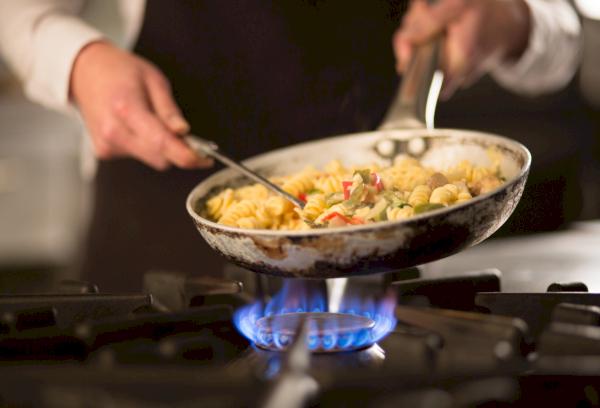
Choose the right saucepans
The shape of the cookware is important not only for the induction cooker.
The pots must be the same size as the burners. Place a small dish on a large burner - a lot of gas will be wasted. Place a large saucepan on a small burner and wait for it to boil until the carrots are cooked. And all this time you are using expensive gas.
The bottom of the cookware should be flat. Do not use bulging or bent pans. They distribute heat incorrectly - this causes food to burn and the heating time increases.
Cover dishes with lids
If you heat water without a lid, some of the heat escapes into space. You heat it - the water cools down, you heat it - it cools down. Don't do this!
In a closed container, liquid boils much faster. And it takes less time to cook and less gas.
Don't pour too much water
Filling the kettle to drink tea for two? So pour 2 cups of water! Why boil half a bucket - it will cool down later anyway.
When I started boiling water in exactly the amount needed, gas costs immediately went down.
Don't forget to clean the burners
You wipe the stove every day. What about the burners?
It's not just about beauty. Dirty burners “eat up” heat. Gas flows unevenly through clogged channels, and the flame is not as powerful as it should be. As a result, a pan that should have boiled in 10 minutes takes 20.
A mechanic I know from a gas service told me: you need to focus on the color of the flame. If the light is blue or blue, everything is fine. But over time, red or orange tongues appear in the flame. Then it’s definitely time to clean it.
And, by the way, there will be less smoke. When I started keeping the burners clean, the carbon deposits on the pans disappeared and the hood clogged more slowly.
Cover the stove with foil
Yes, yes, the same one that protects the enamel from oil splashes and escaped milk. This foil has another great property.
The mirror metallized surface acts like a thermos. Some of the heat from the burning gas goes into the metal of the stove. The foil reflects it and returns it back to the environment. The air under the cookware becomes hotter, and your food will cook a little faster.
Watch the intensity of the flame!
Has the water boiled? Turn down the heat. Have you taken the frying pan off the stove? Turn off the gas, even if you are going to put another dish on the burner in 5 minutes.
On a modern stove with electric ignition, turning off or turning on the fire is just one movement of the hand. So why not save money?
The flame should be under the cookware, not around it
Have you placed a small saucepan on a wide burner? Reduce the flame so that it remains under the bottom of the pan. When the fire warms the pan from below, it completely absorbs the heat. And if the flame spreads to the sides, half of the heat flows into the air. Why do you need to heat the room? It's already hot in the kitchen.
Remove limescale from dishes
Thick white scale on a kettle is not just unsightly. It's also expensive. Limescale “eats” up to 30 percent of the heat. If a clean kettle boils in 15 minutes, then a brewed one takes 20.
Advice. To remove limescale, fill the bowl with water, add a pack of citric acid and boil for 10 minutes. All deposits on the walls will dissolve.
When using the oven, close the door tightly
I bake often. But my oven is loose, the spring has stretched, and there is always a small gap between the walls and the door. And heat escapes through it. And there is a lot of harm from this.
- Excessive gas consumption. You set the temperature controller to 220 OC. Logically, the oven should gain heat, and then the intensity of the flame will decrease. But some of the heat constantly leaks out. The temperature drops, the electronics give commands - and the flame flares up again. That's a waste of money.
- If there is a draft in the oven, the dough may fall. Especially custard - I only got eclairs when my husband tightened the spring on the door.
- The aromas of food come through the gap - and then the fur coat smells like lamb and garlic for a week.
So my advice to you is to fix the oven door. You will immediately feel how much more comfortable it has become.
Make the most of your oven
If you plan to cook two baked dishes, put them in the oven at the same time. Of course, provided that the temperature conditions are the same.
When I bake a pie on the top shelf, I put chicken thighs on the bottom shelf. And I bake the liver on two baking sheets at the same time.
Don't repeat my mistake. I put sour cream pie and pork ribs in the oven once. The sweet dough absorbed the smell of pork and spices - and so much that even the strawberry soaking did not interrupt the aroma. It was a shame to the point of tears. Now I only bake foods with similar smells together.
These are the simple rules. But thanks to them, I reduced my gas costs by 15%.
